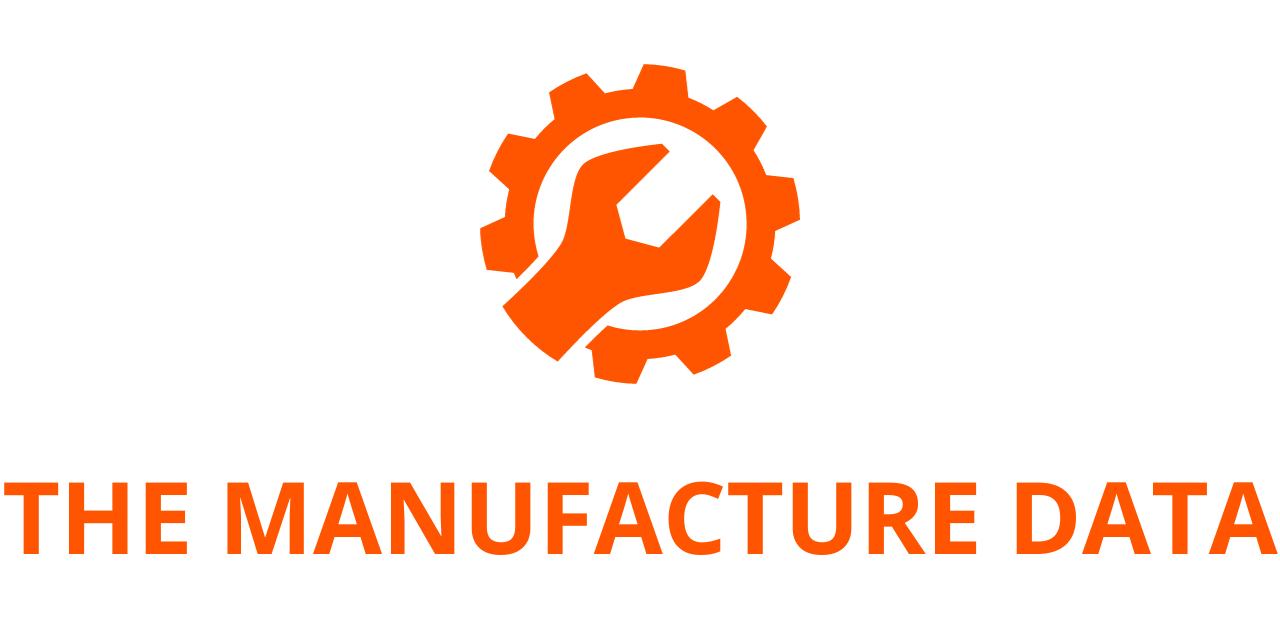
The retrospective analysis of nearly 15,000 general anesthesia cases of adults (18 years and older) at the University of Michigan demonstrated End-tidal Control’s association with reduced anesthetic agent usage and greenhouse gas emissions.
End-tidal Control is the first and only FDA-approved software that automatically adjusts to maintain end-tidal oxygen and end-tidal anesthetic agent concentrations set by the clinician, with more accuracy in reaching the clinician’s targets versus manual control.
The GE HealthCare booth (#1314) at ANESTHESIOLOGY 2025 showcases the company’s advancing perioperative care portfolio that supports clinical workflows and individualized patient care.
GE HealthCare (Nasdaq: GEHC) today announced the presentation of findings from the largest real-world evidence study to-date on End-tidal Control anesthesia delivery* software conducted at the University of Michigan. The results demonstrated the environmental and clinical benefits of End-tidal Control software and were presented at ANESTHESIOLOGY® 2025 taking place from October 10-14, in San Antonio, Texas.
End-tidal Control software supports the clinician in maintaining clinician-set targets for end-tidal anesthetic agent and oxygen concentrations with greater accuracy than manual adjustments.[i] End-tidal Control supports low-flow anesthesia,** which may help reduce the amount of anesthetic agent utilized, lowering greenhouse gas emissions and costs.[ii]
Our research explored the usage and impact of End-tidal Control software in a real-world surgical setting,” said Principal Investigator Douglas Colquhoun, MB ChB, MPH, Assistant Professor of Anesthesiology at the University of Michigan.*** “The findings underscore End-tidal Control’s ability to reduce fresh gas flows, anesthetic agent usage and greenhouse gas emissions, which can improve resource utilization and environmental sustainability.”
The retrospective observational study conducted by the University of Michigan analyzed 14,730 general anesthesia cases of adults (18 years and older) to evaluate the usage patterns and impact of End-tidal Control in a hospital setting. Preliminary results showed:[iii]
- End-tidal Control utilization in approximately half of the cases (50.5%) at the institution
- Reductions greater than 35% in fresh gas flow, sevoflurane utilization and carbon dioxide emissions during the maintenance phase of anesthesia**
- Consistent End-tidal Control usage, with the software active for 82.1% of the anesthesia maintenance phase
“Efficient and consistent care delivery is a top priority for healthcare systems today, as workforce shortages and increasingly complex patient needs continue to evolve,” said John Beard, MD, anesthesiologist and Chief Medical Officer of Patient Care Solutions at GE HealthCare. “Automation in anesthetic delivery can reduce variability in care and cognitive burden for clinicians, allowing them to focus on the most critical decisions for their patients. Preliminary findings from the University of Michigan study support the broad applicability of End-tidal Control in a large multisite academic medical center and the real-world results.”
In addition to the University of Michigan study, GE HealthCare presented other research at ANESTHESIOLOGY 2025 showcasing the value of End-tidal Control across clinical settings:
Additionally, a recent retrospective study from Missouri University Hospital, published in Anesthesiology, shows real-world results of End-tidal Control. The analysis evaluated 238 cases over a six-month period following End-tidal Control implementation compared to manual control, showing decreased fresh gas flow (1.1 L/min in EtC cases vs 2.1 L/min in manual cases).[iv] The study also showed reduced anesthetic agent usage (9.1 vs 16.6 ml/h – 45.6% reduction),** which resulted in lower greenhouse gas emissions (1.8 vs 3.3 kgCO2e/h) and costs (2.3 vs 4.2 $/h).
GE HealthCare designs anesthesia solutions to support care that can think one step ahead. End-tidal Control software can be used with the Aisys™ CS2 Anesthesia Delivery System to enhance perioperative care.




